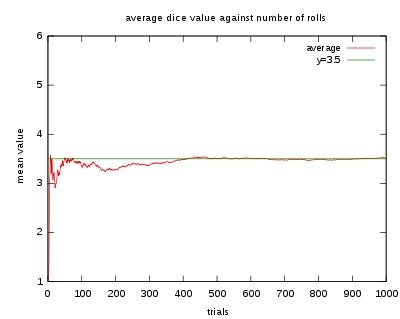quote: Dr. Bill Lewinski often notes in his public presentations that the average high school football player gets more training in his sport in his brief career than the average peace officer receives in use-of-force instruction across his or her entire working life. Now a first-of-its-kind survey by Calibre Press has confirmed that dismal truth.
Recently, Calibre editors invited readers of its popular "Street Survival" newsletter to complete an anonymous Survey Monkey poll regarding their departmental training policies. Nearly 900 officers from small agencies to large participated, with these results: (added: https://www.surveymonkey.com/results/SM-QFX9QXRR/)
Range time. Nearly two-thirds of officers said they are required by policy to shoot on the range with their sidearm only once (23.66%) or twice (37.66%) a year. Only about 8% have to shoot as often as monthly.
Qualification. Monthly official qualification with their sidearm is required for only 1.37%, while roughly 84% need to qualify only annually (46.81%) or semi-annually (37.24%).
Scenarios. The monthly requirement shrinks even more (to 0.91%) when it comes to "dynamic 'shoot/don't shoot' scenario-type training." One-quarter never have to experience such training, and over half (56.26%) do so only once a year or less often.
DT training. Close to 15% of officers said they are never required by policy to do "defensive/control tactics-type training." For two-thirds (63.82%), such training is mandated only once a year (42.32%) or less (21.5%). Fewer than 2% must train hands-on monthly.
Less-lethal. Monthly requirement virtually fades off the chart (at 0.57%) when it comes to training with "less-than-lethal weapons" such as TASERS, batons, and OC spray. Annual training predominates at over 55%. One in five officers trains less frequently than that, and over 10% never have to engage in this type of training. unquote Force Science institute news #312.
i do not understand how or why the initiators of the survey are so bloody proud of quote nearly 900 unquote (what on earth does nearly represent?? 8001?) respondents to their query when, quote: In 2008, state and local law enforcement agencies employed more than 1.1 million persons on a full-time basis, including about 765,000 sworn personnel (defined as those with general arrest powers). Agencies also employed approximately 100,000 part-time employees, including 44,000 sworn officers. unquote. https://en.wikipedia.org/wiki/Law_enforcement_in_the_United_States
this equates to .08% eligible 1.1M and it doesn't advise if the respondent was still active.
more misinformation being disseminated.
ipse
Recently, Calibre editors invited readers of its popular "Street Survival" newsletter to complete an anonymous Survey Monkey poll regarding their departmental training policies. Nearly 900 officers from small agencies to large participated, with these results: (added: https://www.surveymonkey.com/results/SM-QFX9QXRR/)
Range time. Nearly two-thirds of officers said they are required by policy to shoot on the range with their sidearm only once (23.66%) or twice (37.66%) a year. Only about 8% have to shoot as often as monthly.
Qualification. Monthly official qualification with their sidearm is required for only 1.37%, while roughly 84% need to qualify only annually (46.81%) or semi-annually (37.24%).
Scenarios. The monthly requirement shrinks even more (to 0.91%) when it comes to "dynamic 'shoot/don't shoot' scenario-type training." One-quarter never have to experience such training, and over half (56.26%) do so only once a year or less often.
DT training. Close to 15% of officers said they are never required by policy to do "defensive/control tactics-type training." For two-thirds (63.82%), such training is mandated only once a year (42.32%) or less (21.5%). Fewer than 2% must train hands-on monthly.
Less-lethal. Monthly requirement virtually fades off the chart (at 0.57%) when it comes to training with "less-than-lethal weapons" such as TASERS, batons, and OC spray. Annual training predominates at over 55%. One in five officers trains less frequently than that, and over 10% never have to engage in this type of training. unquote Force Science institute news #312.
i do not understand how or why the initiators of the survey are so bloody proud of quote nearly 900 unquote (what on earth does nearly represent?? 8001?) respondents to their query when, quote: In 2008, state and local law enforcement agencies employed more than 1.1 million persons on a full-time basis, including about 765,000 sworn personnel (defined as those with general arrest powers). Agencies also employed approximately 100,000 part-time employees, including 44,000 sworn officers. unquote. https://en.wikipedia.org/wiki/Law_enforcement_in_the_United_States
this equates to .08% eligible 1.1M and it doesn't advise if the respondent was still active.
more misinformation being disseminated.
ipse
Last edited:

